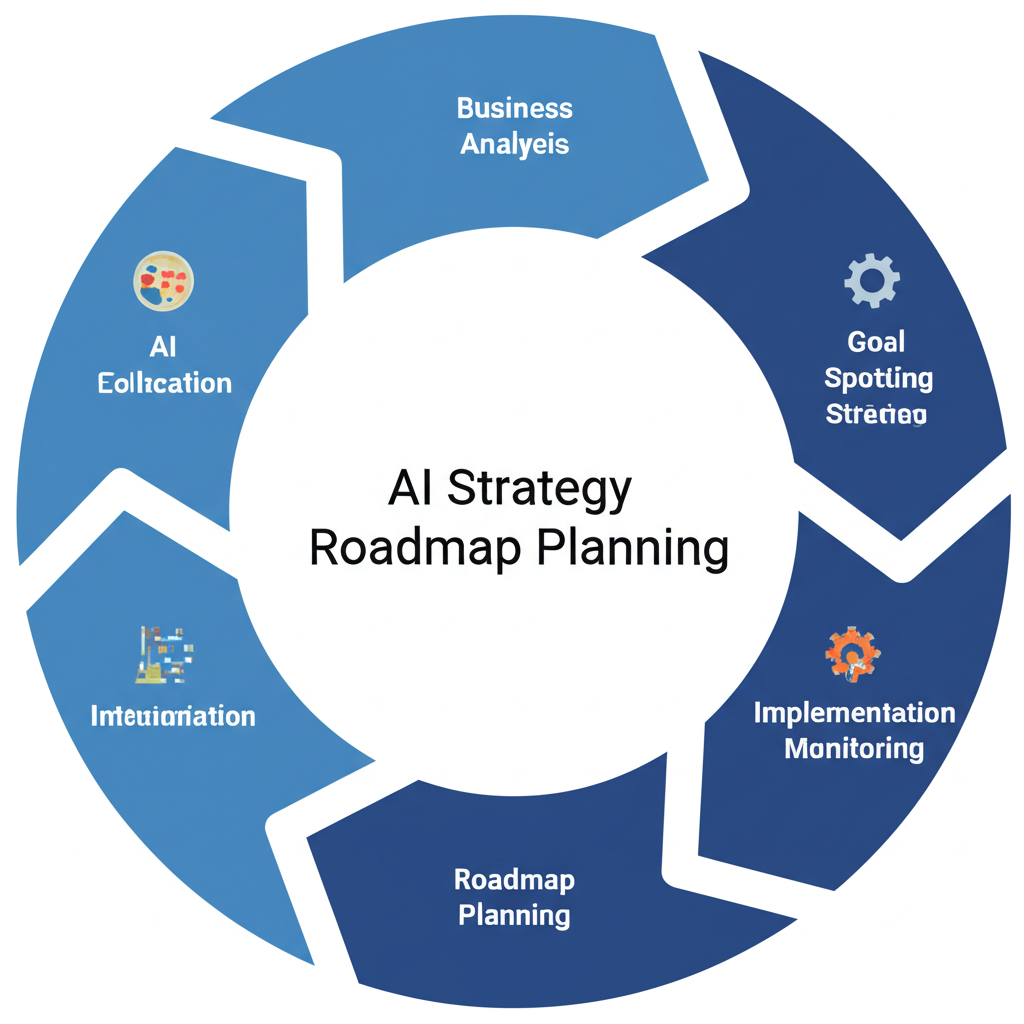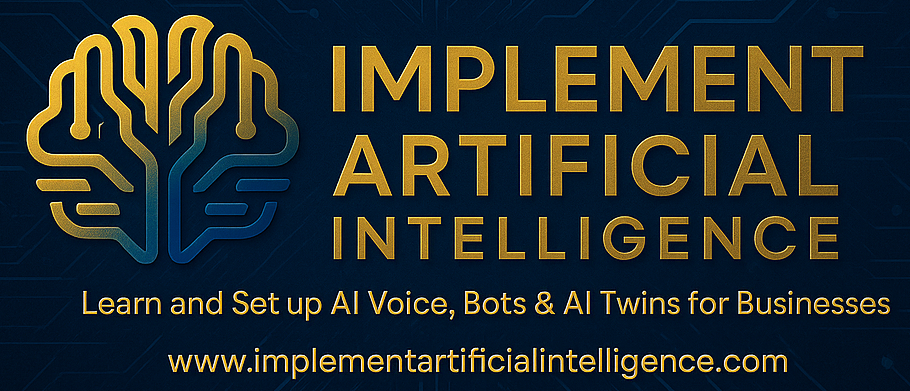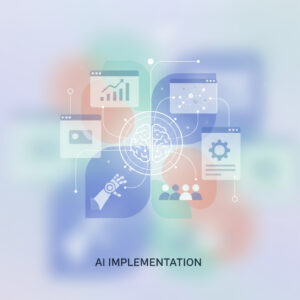Introduction
Artificial Intelligence (AI) is revolutionizing the way businesses operate, driving efficiency, innovation, and competitive advantage. But successfully implementing AI is not just about adopting technology—it’s about strategically integrating AI into your business processes.
In this blog, we’ll explore practical strategies for AI implementation, essential tools to consider, and real-world case studies showcasing automation success.
1. Understanding the Basics of AI Implementation
Before jumping into AI adoption, it’s critical to:
- Assess business needs: Identify which processes can benefit most from automation.
- Set clear goals: Define what success looks like (e.g., cost reduction, improved customer experience).
- Prepare your data: Quality data is the foundation of AI effectiveness.
- Develop a roadmap: Create phased plans with milestones and KPIs.

2. Proven Strategies for Successful AI Adoption
- Start Small, Scale Fast: Begin with pilot projects to demonstrate value before expanding.
- Cross-functional Collaboration: Involve IT, business units, and data experts early.
- Invest in Employee Training: Upskill teams to work alongside AI tools.
- Focus on Ethical AI: Ensure transparency, privacy, and fairness in AI use.
- Monitor and Iterate: Continuously assess AI outcomes and adjust strategies.

3. Case Studies: AI Automation in Action
Case Study 1: Retail Giant Improves Customer Experience
A major retail chain used AI chatbots to handle 70% of customer inquiries, reducing wait times and freeing staff for complex issues. Sales increased by 15% due to personalized AI-driven product recommendations.
Case Study 2: Manufacturing Company Boosts Efficiency
Using robotic process automation (RPA), a manufacturing firm automated invoice processing and supply chain tracking, cutting processing time by 40% and reducing errors significantly.
Case Study 3: Financial Services Automate Risk Analysis
A bank implemented AI-powered risk assessment tools that analyze credit applications faster and more accurately, resulting in a 25% reduction in loan default rates.
4. Tips for Overcoming Common AI Implementation Challenges
- Data Silos: Break down barriers between departments to unify data.
- Change Management: Engage employees early to reduce resistance.
- Technical Debt: Regularly update AI systems to avoid legacy issues.
- Scalability: Choose tools and architectures that grow with your business.






